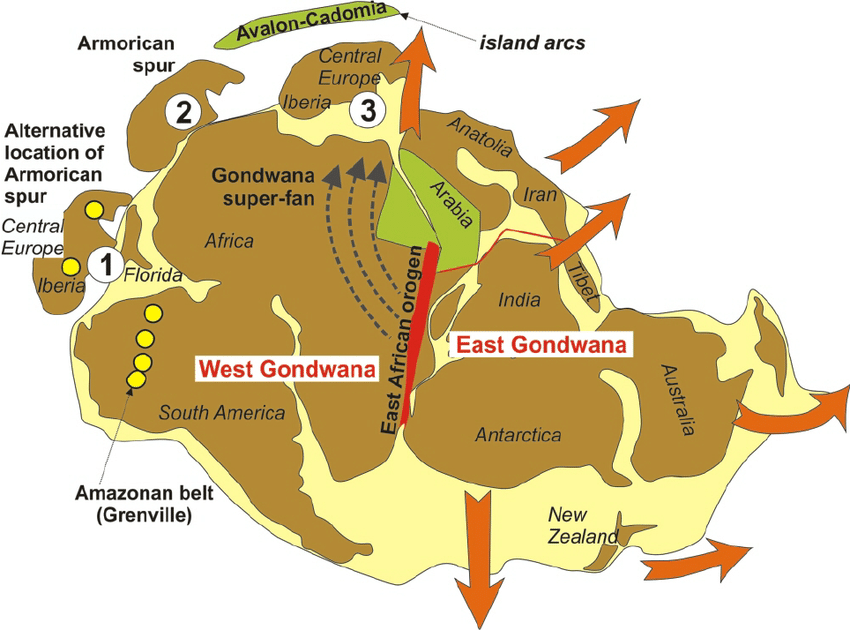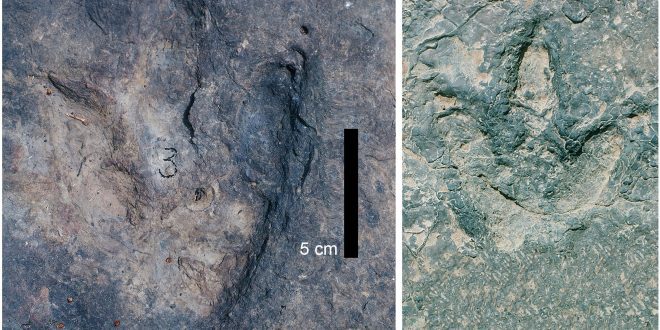In a groundbreaking discovery spanning across the vast expanse of the Atlantic Ocean, researchers have unearthed dinosaur footprints that link Brazil and Cameroon, more than 3,700 miles apart. These footprints date back to the Early Cretaceous period when the continents of Africa and South America were conjoined as part of the colossal supercontinent, Gondwana.
Published by the New Mexico Museum of Natural History & Science, the findings reveal over 260 footprints scattered across Brazil’s Borborema region and Cameroon’s Koum Basin. These tracks, meticulously set over a delicate layer of sandstone composed of silt and mud, offer a glimpse into the past geographical connection that existed on Gondwana before it cleaved and birthed the South Atlantic Ocean.
The research, led by Southern Methodist University paleontologist Louis L. Jacobs, showcases photos of remarkably similar footprints. These identical shapes and geological contexts suggest these dinosaurs could have traversed between the two continents. “The elbow of northeastern Brazil was nestled against what is now the coast of Cameroon along the Gulf of Guinea,” explained Jacobs. “This narrow stretch allowed animals to potentially move across it before the continents drifted apart.”
Predominantly, these footprints were left by theropod dinosaurs, recognized by their three-toed limbs and hollow bones, though traces of sauropods and ornithischians are also present. Advanced calculations of the hip height, speed, and body mass of these creatures have led researchers to conclude that these were indeed the same species.
Additionally, the locations of these footprints provide crucial insights into the tectonic activities that shaped our planet. They pinpoint where rifts formed in the Earth’s crust, leading to the continental drift that eventually separated Africa from South America. The study also uncovered half-graben basins—geological structures formed by the pulling apart of the Earth’s crust—filled with river and lake sediments, housing fossils and pollen estimated to be around 120 million years old.
Understanding Gondwana’s History: Gondwana, a supercontinent that existed about 180 million years ago, was a massive landmass that later fragmented to form modern continents including South America, Africa, Australia, and Antarctica. Around 140 million years ago, the forces of nature began to tear Africa and South America apart, creating the South Atlantic Ocean in the ensuing rifts.

This extraordinary discovery not only highlights the dynamic nature of our planet’s geological past but also paints a vivid picture of the prehistoric world, where dinosaurs once roamed freely across continents that are now oceans apart.
 CameroonOnline.org Cameroon news, Actualité Camerounaise, live Web TV & Radio, World News and a lot more
CameroonOnline.org Cameroon news, Actualité Camerounaise, live Web TV & Radio, World News and a lot more





Plate tectonics and the breakup of Pangia.